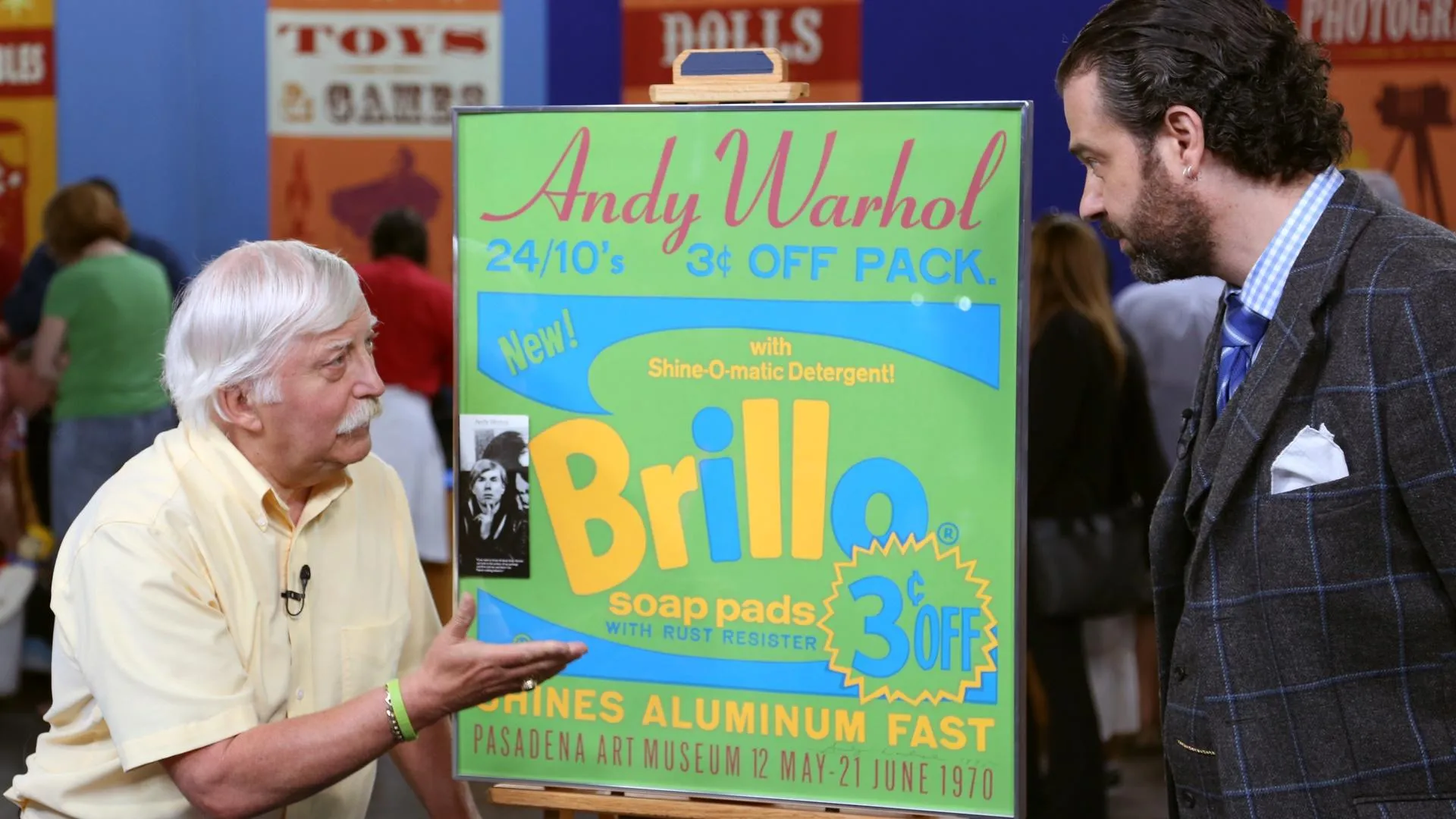GUEST: To the best of my knowledge, they're Japanese cloisonné. I believe that they were produced between the late 1800s and maybe 1920s.
APPRAISER: The smaller one at the end, do you recall when you bought that?
GUEST: Yes, we bought it in London in 1971, and it was at a very large antique fair in London, and it was, I believe, around $200.
APPRAISER: And the one in the center?
GUEST: That one, my husband and I can't remember exactly when we got it, but it was probably before 1982, and it was probably purchased in Italy. I believe it was between $300 and $400. Those were also in Italy. Those were in an antiques store in Venice, and it was about $900 for the two.
APPRAISER: overall quality of the cloisonné is very, very fine. These are examples that fall within the Meiji period, which is approximately 1875 to 1915. Those produced after that are not as tight. The cloisonné process is often a drawing on a blank, so a copper vase, a design or a pattern is drawn upon. When we look at the immense detail, the immense wire work, the profusion of leaves, of songbirds, geometric bands to the rim, we start to refer to very, very tight wire work. The one nearest you has impressive silver mounts. It depicts a hoho bird or a longtail or perhaps a phoenix on a midnight blue ground. Now, all four have a midnight blue ground-- not quite black, but a very, very rich dark blue. Very, very common in the Meiji period. The one depicting Komodo dragons also has silver mounts. The large pair, however, would have had gilded copper, or base metal. And you see where the gilding has worn off the rim, perhaps due to polishing or dusting? The gilding is still present to the interior. This is natural to wear: 80 years, 100 years of dusting, this will wear. It's surprising that none of the four have markings, because often, Japanese cloisonné vases of this quality would be marked. They're in excellent overall condition. As a collection of four, I would think a conservative auction estimate would be between $8,000 and $12,000.











